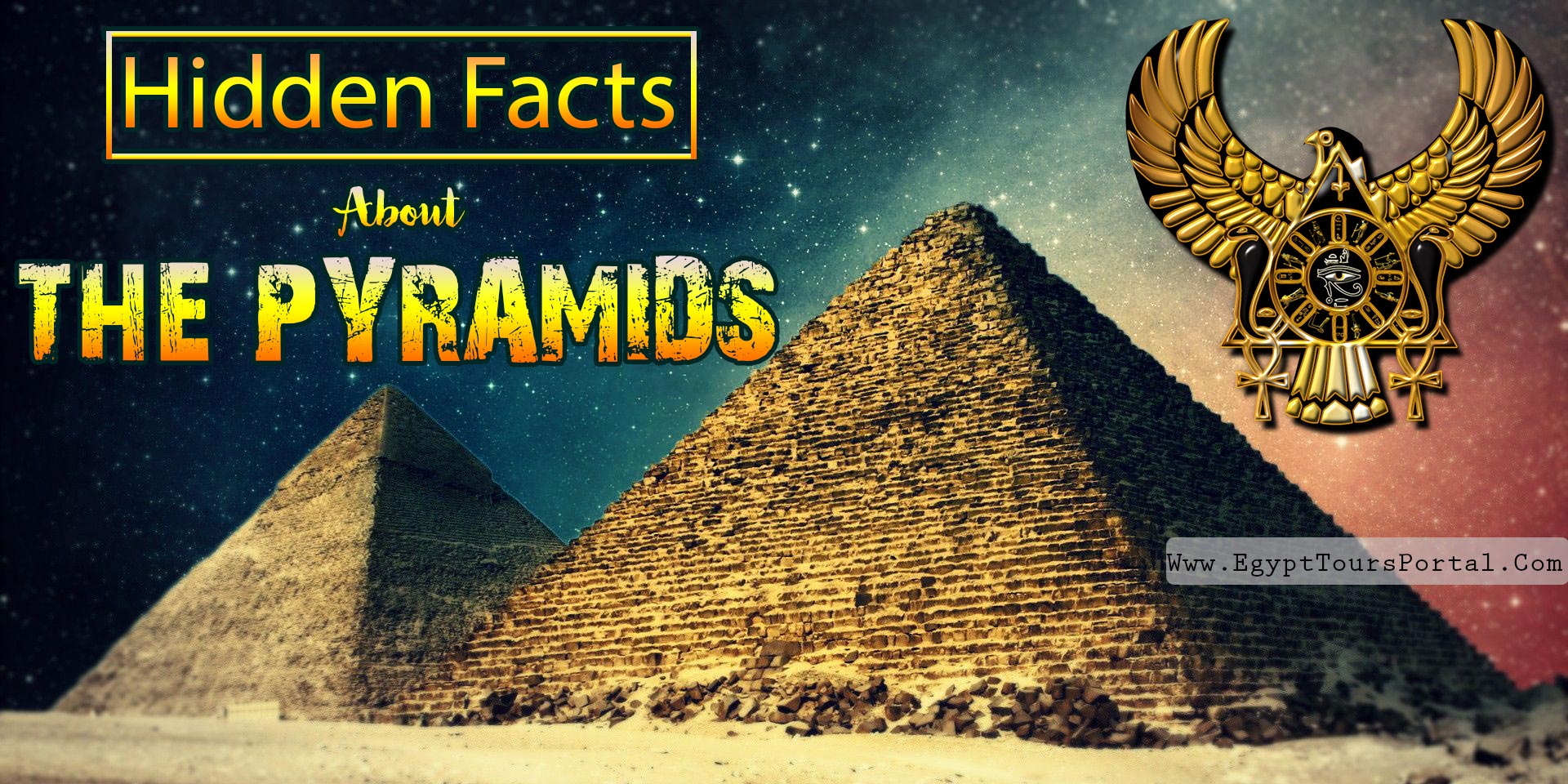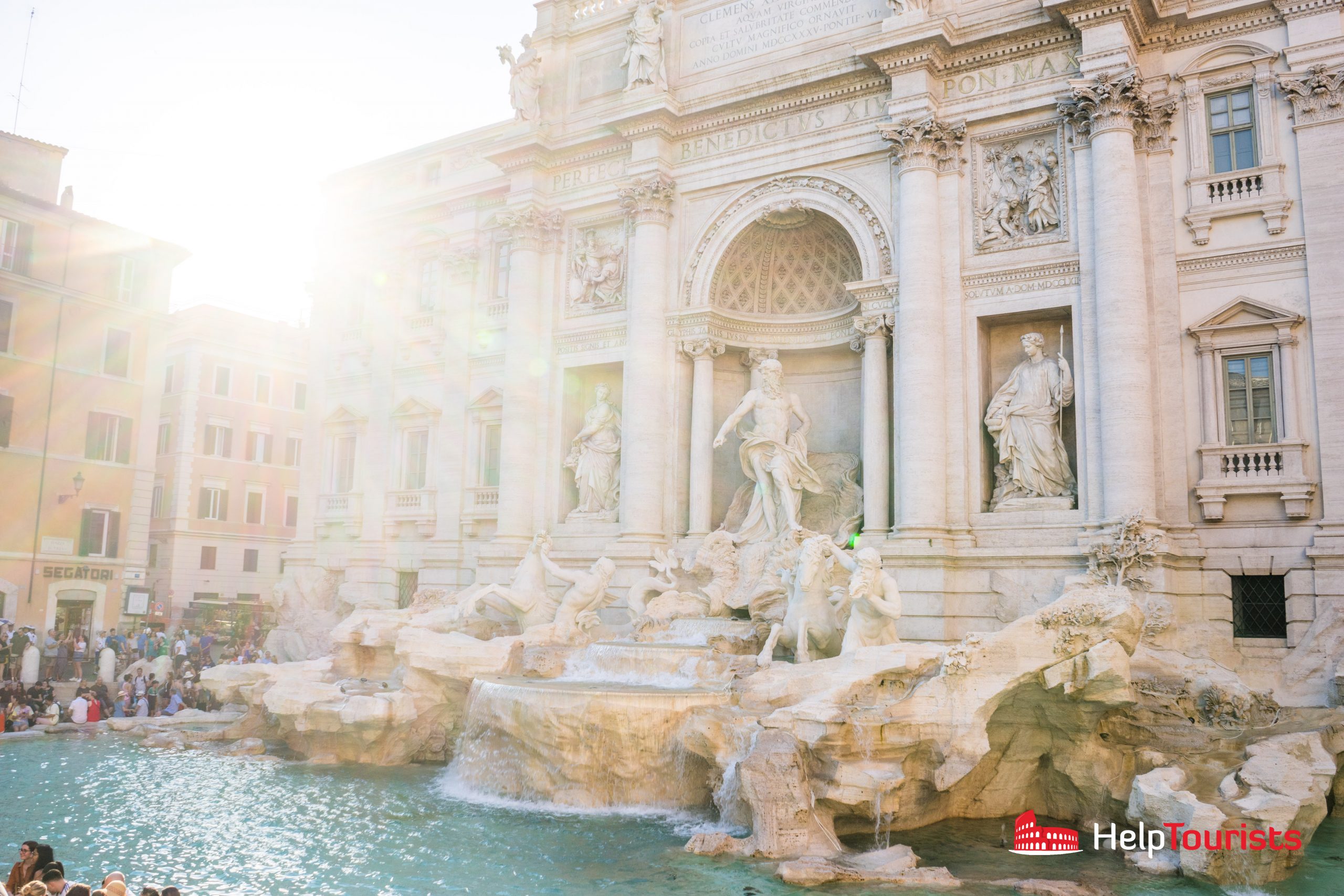Egypt, a land steeped in history, is often celebrated for its majestic Pharaohs, awe-inspiring pyramids, and rich tapestry of enigmas that continue to baffle scholars and enthusiasts alike. This ancient civilization beckons with countless stories, each revealing its cultural profundities and architectural marvels. Herein, we delve into intriguing facets of Egypt, encompassing its rulers, monumental structures, and the enduring mysteries associated with this magnificent realm.
1. The Reign of the Pharaohs
The Pharaohs of Egypt were not merely rulers; they embodied the divine connection between the gods and the people. These monarchs were vested with unprecedented power, often considered living incarnations of gods on Earth. Among them, Ramses II, also known as Ramses the Great, stands out as one of the most formidable. His reign, which spanned nearly 67 years, was characterized by military conquests and extensive building projects. He commissioned the magnificent temples at Abu Simbel, showcasing his prowess and divine lineage.
Another notable figure is Hatshepsut, one of the few female Pharaohs. She not only reigned successfully but also expanded trade networks, sending expeditions to the Land of Punt, which enriched Egypt’s economy and culture. Her reign defied the gender norms of her time, paving the way for women in governance.
2. The Intricate World of Pyramids
The pyramids, particularly those at Giza, stand as monumental tributes to ancient architectural genius. The Great Pyramid of Giza, built for Pharaoh Khufu, is the largest among them and the only surviving structure of the Seven Wonders of the Ancient World. Constructed from an estimated 2.3 million stone blocks, its sheer scale and precision are astounding. The craftsmanship involved remains a subject of fascination, as scholars debate the methods used to achieve such remarkable engineering.
Interestingly, the design of these pyramids evolved over time. The earliest pyramids, known as step pyramids, were constructed in a tiered design, a precursor to the smooth-sided models that followed. The Step Pyramid of Djoser at Saqqara is a seminal example, marking a significant evolutionary step in pyramid design.
3. The Mystique of Mummification
Mummification, the ancient Egyptian practice of preserving the dead, underscores the civilization’s beliefs about the afterlife. This meticulous process involved removing internal organs and embalming the body, followed by wrapping it in linen. The hope was to prolong existence beyond death, as the soul was believed to journey into the afterlife. One of the most famous mummies is that of Tutankhamun, whose tomb was discovered nearly intact in 1922, unveiling a wealth of artifacts and treasures that provide insight into royal life.
Notably, the usage of canopic jars—containers designed to hold the embalmed organs—reveals remarkable artistic talent. Each jar was dedicated to one of the Four Sons of Horus, serving both a functional and symbolic purpose. The presence of these jars demonstrates the intricate beliefs surrounding death and resurrection in ancient Egyptian culture.
4. Hieroglyphics: The Language of the Gods
Hieroglyphics, the script employed in ancient Egypt, is more than a writing system; it is a profound communication style that intertwines pictorial art with literacy. Each symbol, or glyph, holds a unique phonetic or ideographic value. This ancient form of writing graced temple walls, tombs, and monuments, telling stories of gods, rulers, and daily life.
The Rosetta Stone played a pivotal role in deciphering these complex symbols. Discovered in 1799, it bears inscriptions in three scripts: Greek, Demotic, and hieroglyphic. This remarkable artifact allowed scholars to unlock the secrets of Egypt’s past, granting access to a wealth of historical knowledge.
5. The Nile: Lifeblood of Egypt
The Nile River, often heralded as the lifeblood of Egypt, is the longest river in the world. Its annual flooding deposited nutrient-rich silt along its banks, facilitating agriculture in an otherwise arid landscape. The river served as a crucial artery for transportation and trade, linking Upper and Lower Egypt. Its significance transcended mere irrigation; it was integral to the culture and spirituality of the Egyptians.
Moreover, the Nile is interwoven with the mythology of ancient Egypt. The river was personified as Hapi, the god of fertility and abundance, whose essence nourished the land and people. Festivals celebrating the inundation were abundant, marking the agricultural calendar and sustaining the spiritual connection to the divine.
6. Curious Architectural Discoveries
Beneath the sands of Egypt lay countless undiscovered treasures. Archaeology continues to unveil the secrets of this ancient civilization. In recent years, significant finds include the discovery of the ‘Lost Golden City’ near Luxor, dating back to the reign of Amenhotep III. This unprecedented excavation has provided insights into daily life and urban planning, revealing streets lined with mudbrick houses, tools, and pottery.
Additionally, the Valley of the Kings harbors the tombs of numerous Pharaohs, including the famous tomb of Tutankhamun. Each discovery adds a layer of understanding to the rituals, beliefs, and hierarchies that characterized ancient Egyptian society.
7. The Continuing Enigma
Egypt remains steeped in mystery, from its enigmatic Sphinx to the astronomical alignments of its pyramids. Questions surrounding the true purpose of certain artifacts, hidden chambers within the Great Pyramid, and the specifics of the Pharaoh’s divine right to rule continue to fascinate. The interplay of myth and history perpetually invites new explorations and interpretations, ensuring that the allure of Egypt endures through the ages.
In summary, Egypt, with its Pharaohs, pyramids, and a plethora of mysteries, presents a vibrant exploration of human ambition, spirituality, and artistry. Each facet of this ancient civilization serves as a reminder of the complexities and wonders of a culture that has left an indelible mark on human history.










